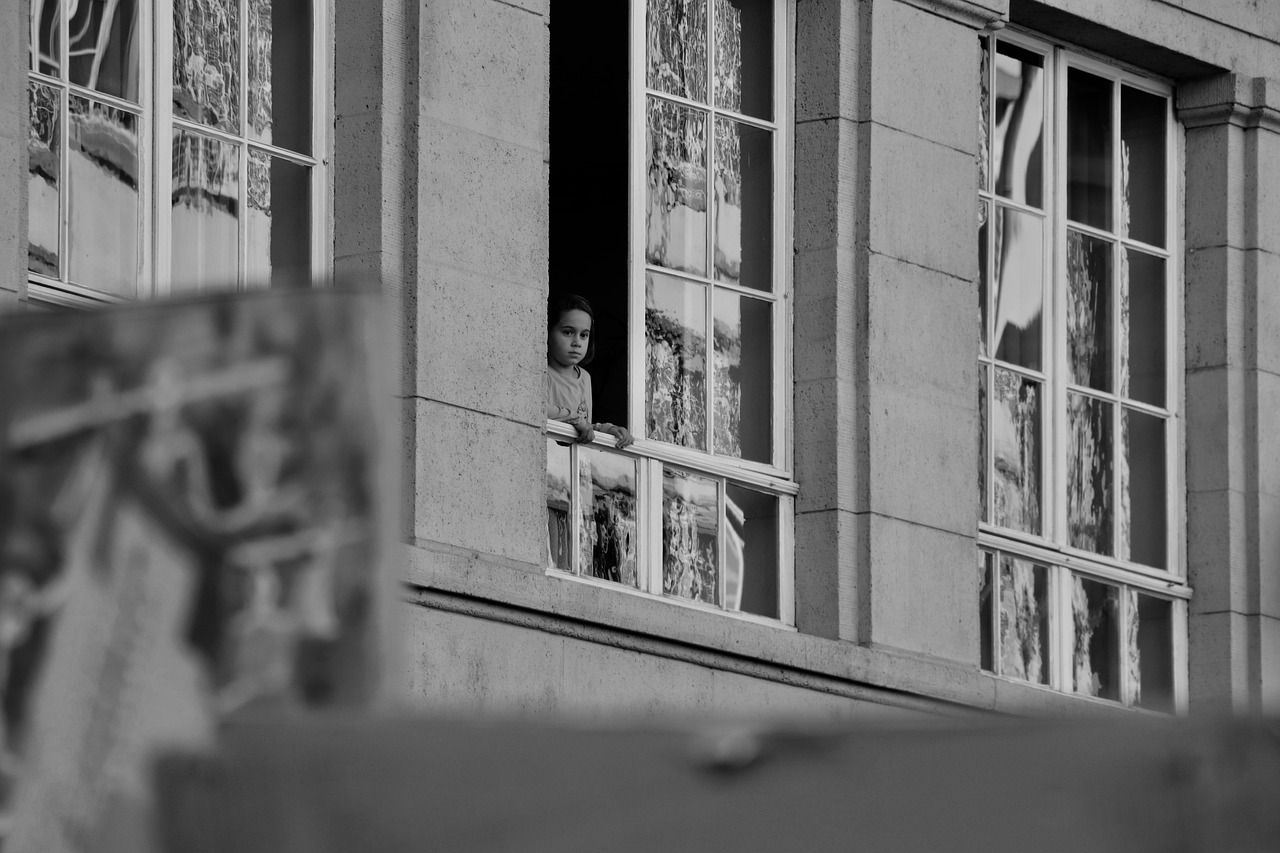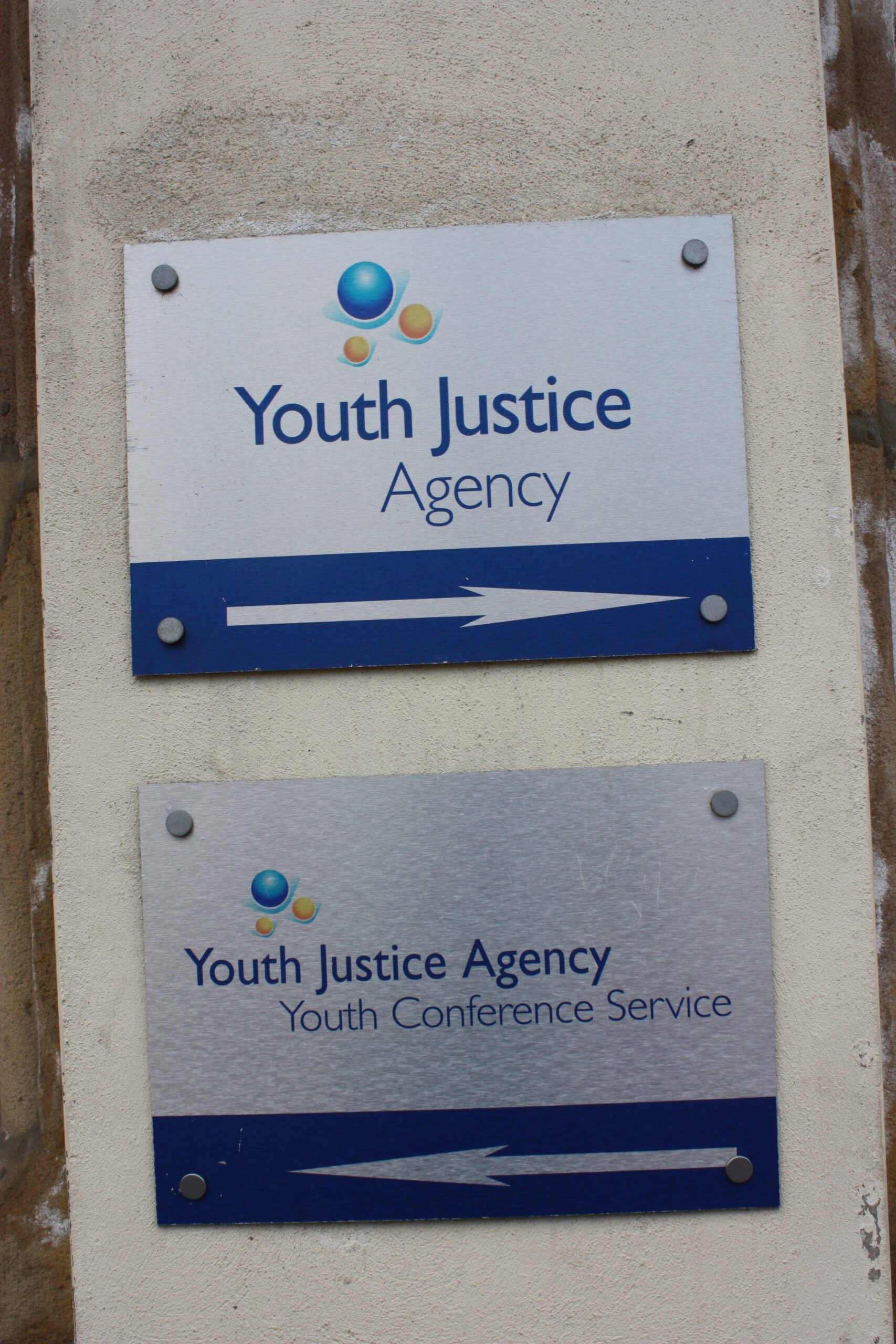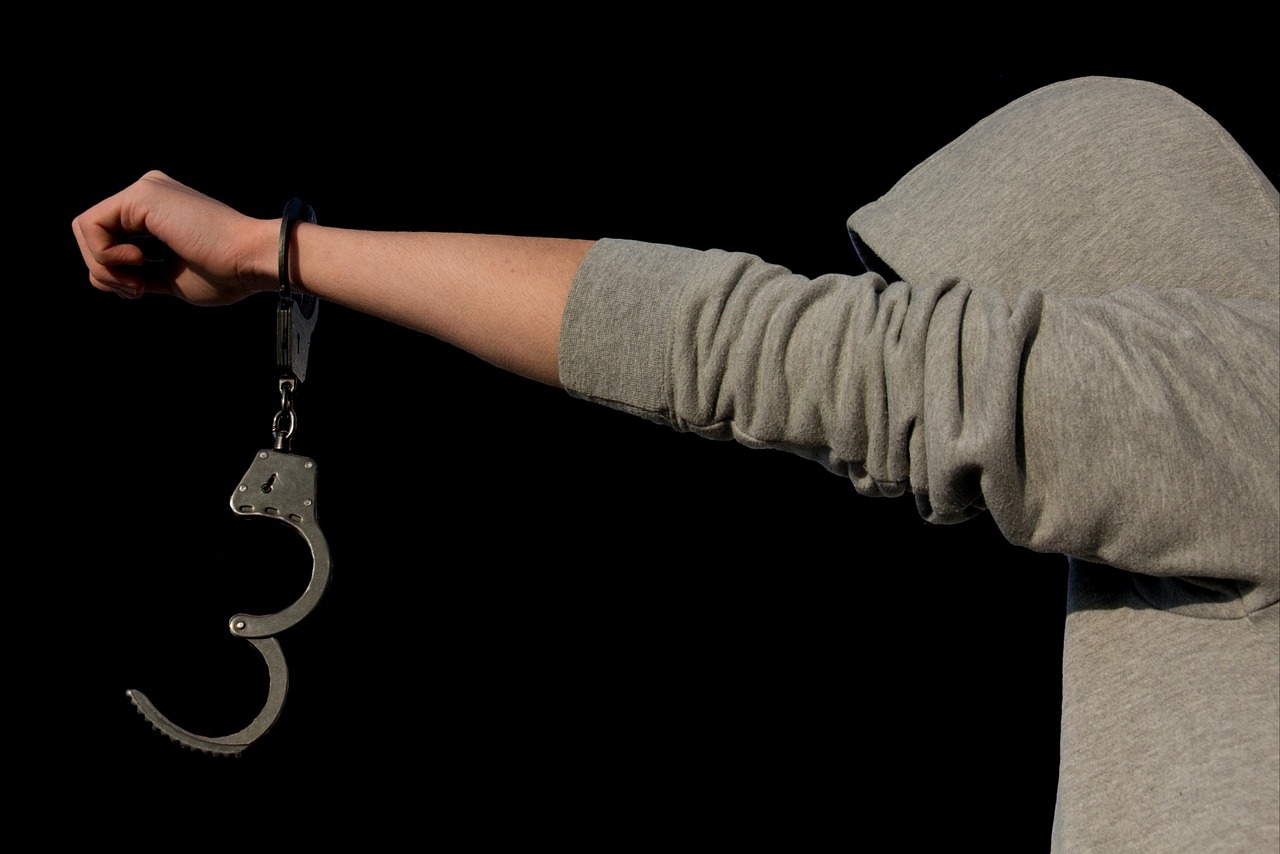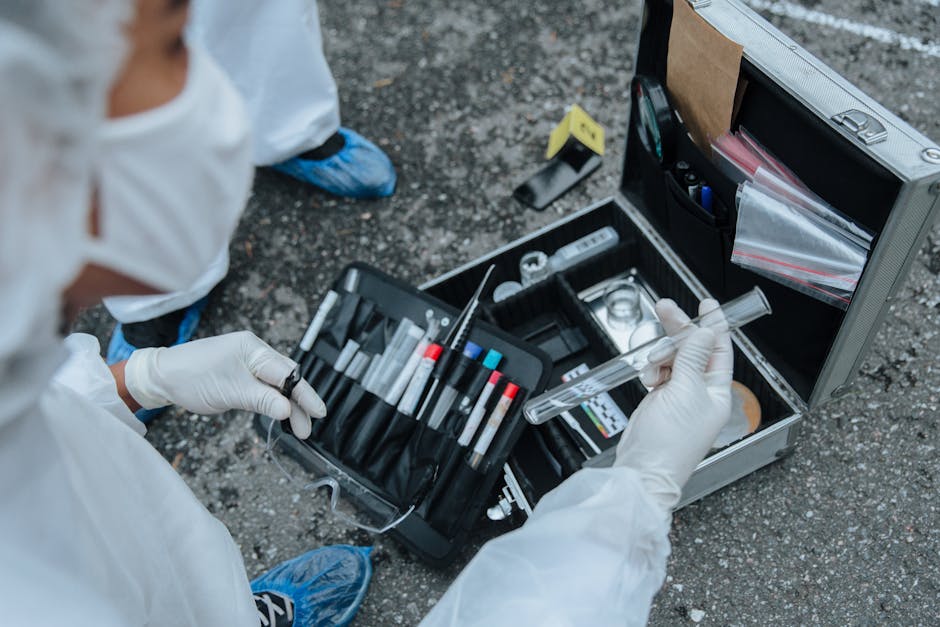- America’s Forgotten Terror Attacks - April 10, 2025
- The Hidden Link Between Real Estate and Organized Crime in the U.S. - April 10, 2025
- Organized Crime in the U.S. Postal System: An Unlikely Criminal Pipeline - April 10, 2025
Understanding Juvenile Crime

Juvenile crime, a term that refers to illegal acts committed by individuals under the age of 18, is a complex issue that continues to challenge societies worldwide. According to the Office of Juvenile Justice and Delinquency Prevention (OJJDP), in 2019, there were approximately 750,000 arrests of youth under 18 in the United States alone. This staggering number highlights the prevalence of youth crime and raises critical questions about its underlying causes. Understanding these causes is essential, as they often involve a mix of psychological, social, and environmental factors. The impact of these influences can be profound, leading young individuals down paths they might not have otherwise chosen. By digging deeper into these elements, society can better address and potentially mitigate juvenile crime.
Notable Cases of Young Killers

Over the years, several high-profile cases have drawn attention to the phenomenon of children committing murder. Mary Bell’s case in 1968 remains one of the most chilling examples, as she was only 11 when convicted of killing two young boys in England. Her actions shocked the nation and sparked debates about the nature of evil and innocence in children. Similarly, Jordan Brown’s case in 2009, where he was charged with the murder of his father’s fiancée at the age of 11, further highlights the complexities surrounding juvenile crime. These cases are not just stories of crime but also raise questions about the circumstances and motivations that lead young individuals to commit such heinous acts.
The Psychology Behind Young Killers

The psychology of young offenders is a field that has garnered significant interest, aiming to uncover the factors that drive children to commit violent acts. Research indicates that exposure to violence, abuse, or neglect can significantly increase the risk of aggressive behavior in children. A study published in the Journal of Child Psychology and Psychiatry highlights that mental health issues, such as conduct disorder or antisocial behavior, can also play a crucial role. These psychological underpinnings are not only key to understanding juvenile crime but also essential for developing effective prevention and intervention strategies. By addressing these mental health challenges early on, society can potentially steer at-risk youth away from a life of crime.
The Role of Family Environment

Family dynamics play a pivotal role in shaping a child’s behavior, and an unstable or abusive household can be a breeding ground for future criminal activity. According to the National Institute of Justice, children raised in such environments are more likely to engage in illegal activities. Factors like parental neglect, substance abuse, and domestic violence can create a volatile atmosphere where children feel compelled to act out. Addressing these familial issues is crucial in preventing juvenile crime and ensuring that children grow up in supportive and nurturing environments. By providing families with the resources and support they need, it is possible to break the cycle of violence and criminality.
Media Influence on Young Offenders
In today’s digital age, the media plays a significant role in shaping perceptions of crime and violence. Exposure to violent content in movies, video games, and news reports can desensitize children to violence, normalizing aggressive behavior. The American Psychological Association reports that children who consume violent media are more likely to exhibit aggressive thoughts and behaviors. This underscores the importance of monitoring media consumption and engaging in discussions about the consequences of violence. Parents and guardians play a crucial role in guiding young minds and helping them distinguish between fiction and reality.
Legal Consequences for Young Offenders
The legal system’s approach to juvenile offenders differs significantly from that of adult criminals, with a focus on rehabilitation rather than punishment. However, in many states, minors can be tried as adults for serious crimes, leading to harsher sentences. The Campaign for the Fair Sentencing of Youth notes that approximately 250,000 youth are tried as adults each year in the U.S. This practice raises ethical questions about the appropriateness of such measures and their long-term impact on young offenders. Balancing the need for justice with the potential for rehabilitation is a delicate task that the legal system must navigate carefully.
Rehabilitation vs. Punishment

The debate between rehabilitation and punishment for juvenile offenders is ongoing, with strong arguments on both sides. Advocates for rehabilitation emphasize the potential for change and growth in young individuals, arguing that they should be given opportunities for reform. Programs focusing on education, therapy, and community service have shown promise in reducing recidivism rates among juvenile offenders. A study by the National Institute of Justice found that youth who participated in rehabilitation programs were 20% less likely to reoffend compared to those who received punitive measures. These findings highlight the importance of investing in rehabilitation efforts to help young offenders reintegrate into society successfully.
The Impact of Peer Influence
Peer pressure is a powerful force in shaping a child’s behavior, often leading them to engage in risky or criminal activities. A study published in the Journal of Adolescent Research found that adolescents are more likely to commit crimes when they are with peers who encourage such behavior. Understanding the dynamics of peer relationships is crucial in addressing juvenile crime and promoting positive social interactions. By fostering environments that encourage healthy friendships and discourage negative influences, communities can help reduce the likelihood of juvenile crime.
Prevention Strategies

Preventing juvenile crime requires a comprehensive approach that involves families, schools, and communities working together. Programs that promote positive youth development, conflict resolution, and emotional regulation can significantly reduce the likelihood of violent behavior. Community organizations and schools play a vital role in providing resources and support for at-risk youth, creating environments that discourage criminal activity. By investing in prevention strategies and supporting young individuals, society can work towards a future with fewer instances of juvenile crime.
The Future of Juvenile Justice

As society continues to grapple with the issue of juvenile crime, the future of the juvenile justice system remains uncertain. Ongoing research and advocacy efforts aim to create more effective and humane approaches to dealing with young offenders. By focusing on rehabilitation, mental health support, and community engagement, there is hope for reducing juvenile crime and helping young people lead productive lives. The path forward requires a collective effort to address the root causes of juvenile crime and provide young individuals with the tools they need to succeed.




